I have done a cube that can be rotated on python but now I want to colour the faces for me to identify each face when it's rotated. The code below:
from mpl_toolkits.mplot3d import Axes3D
import matplotlib.pyplot as plt
import numpy as np
from itertools import product, combinations
from numpy import sin, cos
fig = plt.figure()
ax = fig.gca(projection='3d')
ax.set_aspect("auto")
ax.set_autoscale_on(True)
#dibujar cubo
r = [-10, 10]
for s, e in combinations(np.array(list(product(r,r,r))), 2):
if np.sum(np.abs(s-e)) == r[1]-r[0]:
ax.plot3D(*zip(s,e), color="b")
#dibujar punto
#ax.scatter([0],[0],[0],color="g",s=100)
d = [-2, 2]
theta = np.radians(45)
for s, e in combinations(np.array(list(product(d,d,d))), 2):
if np.sum(np.abs(s-e)) == d[1]-d[0]:
s_rotated = [s[0]*cos(theta)-s[1]*sin(theta),
s[0]*sin(theta)+s[1]*cos(theta),
s[2]]
e_rotated = [e[0]*cos(theta)-e[1]*sin(theta),
e[0]*sin(theta)+e[1]*cos(theta),
e[2]]
ax.plot3D(*zip(s_rotated,e_rotated), color="g")
plt.show()
So I want to paint the cube that is inside. Any help? Thank you!


 when the line is below the plane it doesn't look like it is, you can circumvent this by say setting the transparency,
when the line is below the plane it doesn't look like it is, you can circumvent this by say setting the transparency, 